


Montecchio Maggiore (Montécio in Veneto) is an Italian town in the province of Vicenza in the Veneto region (Italy).

The name derives from the Latin monticulus, properly mound or small mountain. The suffix "Maggiore" has been added to distinguish it from other municipalities or localities with the same toponym, among which the nearby Montecchio Precalcino.
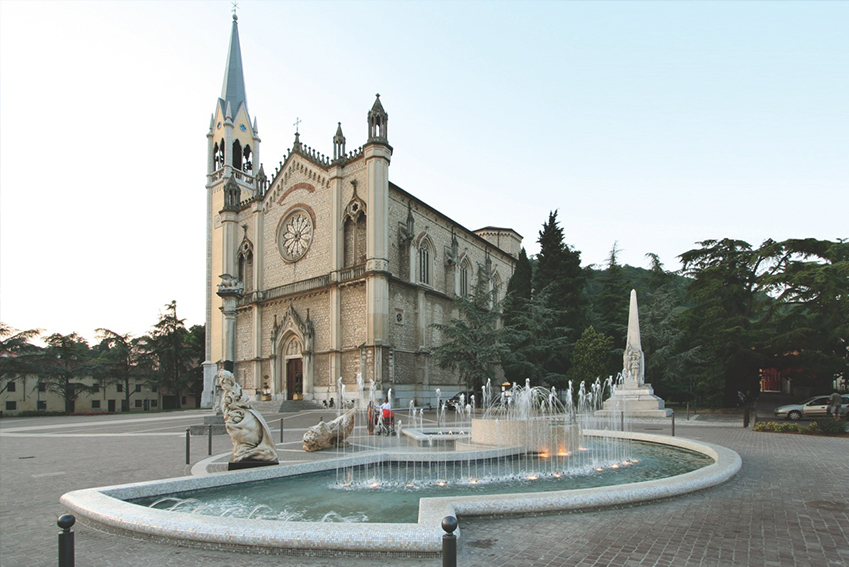
Following the discovery, in the early twentieth century, of artifacts, small flints, terracotta and above all human burials, in particular in the hilly areas of the country, Montecchio Maggiore seems to have been inhabited since the Eneolithic and Bronze Age times.
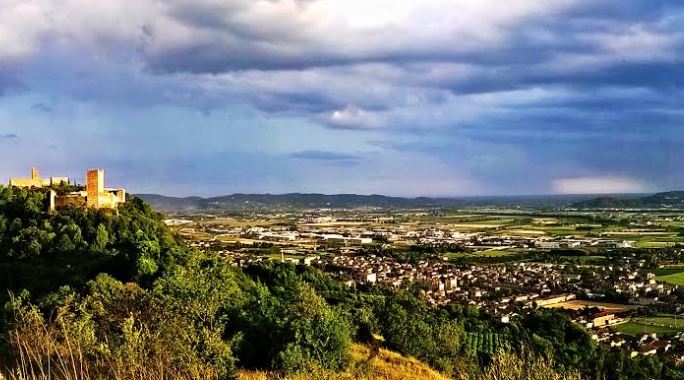
According to tradition, supported by some documents bearing original testimonies, the emperor of the Holy Roman Empire and King of Spain Charles V stayed in Montecchio, while he was going down to Bologna to be crowned King of Italy in 1530 and Napoleon Bonaparte, Emperor of the French and also King of Italy.

It is known as the city of the Castles of Romeo and Juliet.
The legend of Romeo and Juliet

Although the universally recognized homeland of Juliet and Romeo is the city of Verona, the function of the two manors of Montecchio (known, in fact, as "Castelli di Romeo e Giulietta") may not be so unimportant in terms of at least of the artistic assumptions that determined the conception, the setting and the writing of the novel.
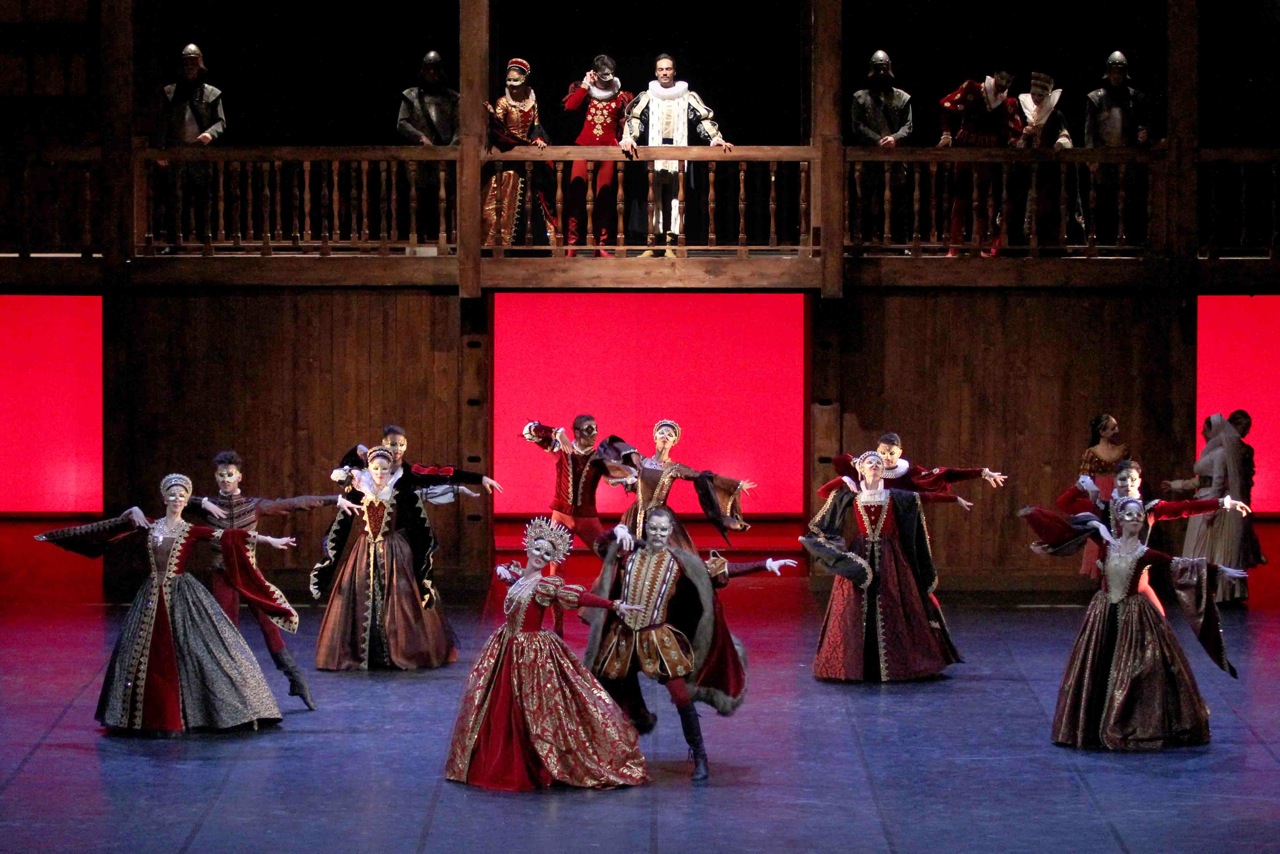
A Sienese legend seems to be the most distant source from which the literary tradition that Shakespeare translated into an immortal tragedy originated: it was Masuccio Salernitano (1415-1476) who first gave literary guise to this legend, with the novel "The two Sienese lovers "inserted in his Novellino, which narrates the tragic end of the contrasted love of the two protagonists, Mariotto and Ganozza.

Luigi Da Porto (1485-1529) was inspired by this short story for his "Newly found history of two noble lovers" which appeared posthumously in 1531 and then, in another version, with the title of "La Giulietta" in 1539.

Changed the popular names of Masuccio's tale to those of Romeo and Juliet, which will remain in all the subsequent literary tradition up to Shakespeare, Da Porto imagines the development of the story in Verona, at the time of the lordship of Bartolomeo I della Scala (1301- 1304).

Based on an incorrect interpretation of the famous Dante triplet "Come and see Montecchi and Cappelletti / Monaldi and Filippeschi, a man without care / color already sad, and these with suspicions" (Purgatory VI, vv. 106-108), attributes a violent rivalry between two noble Veronese families, which tragically affects the love between the two young protagonists.

In the plot there are already key elements such as the fight, the death of a cousin of the beloved perpetrated by Romeo, the ban from the city of the latter and the tragic end of both.

With some adjustments and few changes to the original version of Da Porto, the story was taken up first by Matteo Bandello, then by Spanish, French and English storytellers and tragediographers; the English versions of Painter and Broocke were directly associated with Shakespeare who used them as a model for his masterpiece, whose first representation dates back to 1596.

Luigi Da Porto, a man of arms and a literary man from Vicenza (1485-1529), wrote the story in his home in Montorso Vicentino, where he retired abandoning his military life following a serious wound to his face brought back to battle during the war of the Cambrai League.

Montorso Vicentino is only a few kilometers from Montecchio and from the windows of Villa Da Porto the view of the majestic Scaliger fortresses must have looked very suggestive at the time: it is likely that this image, of two castles almost in opposition to each other, was inspired by ideation of the novel, if only for the combination between the name of Montecchio and that of Montecchi attributed by Da Porto to Romeo's family.
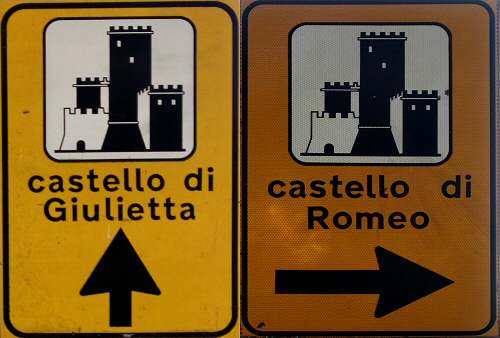
If, therefore, the literary setting has always been located in Verona, it is possible to think that a role not secondary in inspiring the poetic imagination of its creator had the castles of Montecchio Maggiore, already fascinating and glorious in themselves for the historical events they actually experienced.
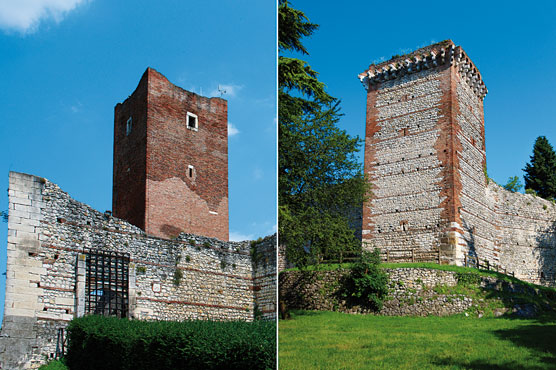
The legend that attributes the two Scaliger fortresses to the Veronese families of Montecchi and Capuleti, making them the homes of Romeo and Juliet, enters forcefully into popular folklore in the mid-nineteenth century, that is, in full romantic atmosphere, in a period in which it was very felt the charm of medieval ruins and easy seemed to decline in such environments suggestive and fascinating events.
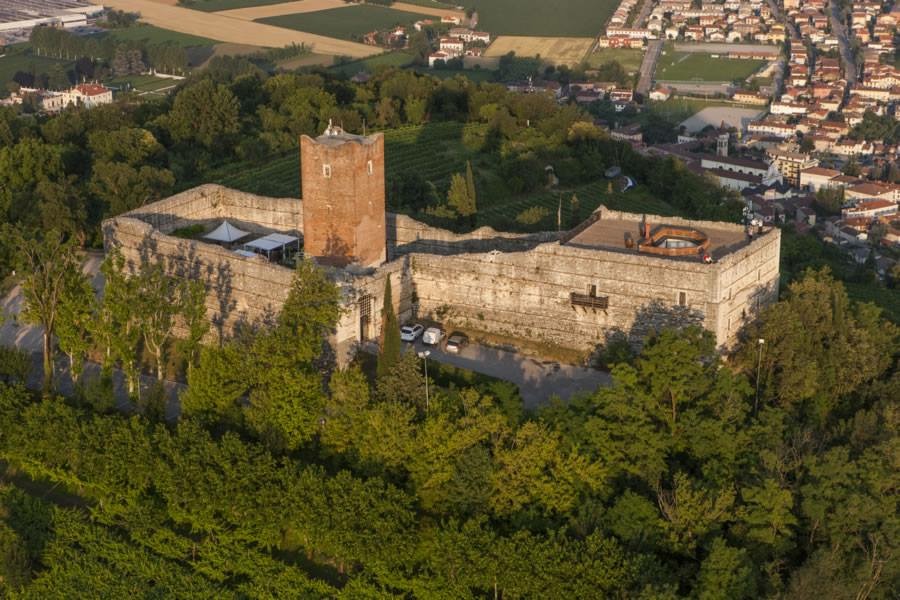
Castello della Villa (Sopra)

Castello della Bellaguardia (Sopra)
Montecchio Maggiore, the Castle of Romeo and Juliet's
Address: Via Castelli 4 Martiri, 721, 36075
Phone: 0444705706
Site:
https://www.comune.montecchio-maggiore.vi.it/itLocation inserted by
Claudio Wolf